- »Mind Palace« Stockholm, 2024
- »2100« Berlin, 2022
- »Starry Night« Stockholm, 2020
- Group Exhibition »Geopoetics« Mexico City, 2020
- Group Exhibition »After Finitude« Mexico City, 2018
- »Naturgemälde« Berlin, 2018
- »Pale Blue Dot« Stockholm, 2016
- »Silent Spring« Berlin, 2014
- Group Exhibition »PAINT / IMAGE / BILD / FARBE« Berlin, 2013
- »New Painting« Stockholm, 2012
-
John Tremblay: Paul Fägerskiöld.1 April, 2021, Brooklyn, NY, in: Paul Fägerskiöld, Blue Marble, Kunstmuseum Thun, 2021
-
Katrin Sperry: The Symphony of Humanity, in: Paul Fägerskiöld, Blue Marble, Kunstmuseum Thun, 2021
-
Stefanie Hessler: Paul Fägerskiöld "Pale Blue Dot" at Galerie Nordenhake Stockholm, ArtReview, Summer 2016
-
Andreas Nilsson: Abstraction's Political & Infinite Range, Fredrik Roos Art Grant 2013: Paul Fägerskiöld, Moderna Museet Malmö, 2013
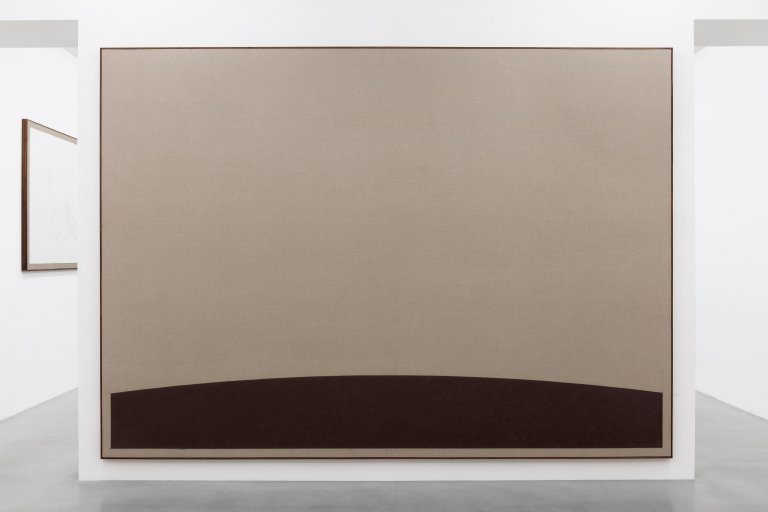
Terra Incognita, 2016, oil on canvas with walnut frame, 238 x 331 cm
Paul Fägerskiöld »Pale Blue Dot«
Stockholm, April 07, 2016 - May 14, 2016
Pale Blue Dot is the title of a photograph of planet Earth taken at the request of astronomer Carl Sagan on February 14, 1990, by the Voyager 1 space probe from a record distance of about 6 billion kilometers. In the photograph the planet appears as a tiny dot against the vastness of space, among bands of sunlight scattered by the camera's optics. In relation to Paul Fägerskiöld’s second exhibition at Galerie Nordenhake Stockholm the image addresses issues around colour, scale, perspective, space and time.
The exhibition draws together three groups of work developed in parallel over recent years. The distinct series White Flags, Landscapes and Spray paintings build up a narrative in repetition and change, while shifts in scale create transitions from symbol to metaphor and on to the paintings’ physical components.
In his practice Fägerskiöld explores how meaning is created via language, how it can be generated in pictorial space, and how perception functions. There are no figures in the paintings which are instead dependent on the presence of an observer as co-creator of meaning, whether via thought or movement.
The White Flag paintings comprise an ongoing series of representations of flags of nations that no longer exist. A white flag alludes to surrender and the removal of colour from the original emblem divests it of its national identity and subverts its meaning. For this exhibition Fägerskiöld has chosen only flags which incorporate the sun in their motifs as a unifying element. The sun has particular importance as humankind’s most primitive and elemental symbol and the most fundamental measure of time. The size of the flag is scaled up or down so the sun is the same diameter in each rendition.
The Landscape paintings are characterised by reduced forms, used to create representation and metaphor. A large-scale black painting, distributed with small unpainted star shapes, expands upon the star section of the U.S. flag. The spatial inter-relationships remain consistent with the original while the field is vastly enlarged and the stars themselves are reduced. The stars then move from language and symbols (as in the White Flags), to pattern, and finally to image (of a night sky). Another large-scale landscape describes a curved horizon in a solid block on the lower third of the surface. The unpainted linen, constituting the greater part of the painting, is as equally composition and image as that which is painted. The result is a fundamental shape and simultaneously an image of the curvature of the earth from a great distance.
The Spray paintings are read through movement and interaction. At a distance the painting is an image of a colour. On approach the image dissolves and its constituents become physical - small dots of paint in relation to one another. In the inverse movement, away from the surface, a view which at first appears to include everything and be endless, at a distance becomes finite, with an edge, floating within the confines of the framed linen. This "contraction" gives space for the viewer and recalls the Kabbalah's tzimtzum, a concept visited in modern painting history.
The exhibition examines the ambivalence that exists between image, painting, idea, and material. There is only one subject in each of Fägerskiöld’s paintings. Relationships do not exist within the paintings themselves but are generated between the surface, the image and the viewer.
Paul Fägerskiöld was born in Stockholm in 1982 and currently lives and works in New York. In 2013 Moderna Museet, Malmö presented a solo exhibition of Fägerskiöld’s work in connection with the Fredrik Roos Art Grant. He has exhibited widely in galleries in Europe and USA and his work is found in significant international museum collections. His work will be featured in the upcoming exhibition Swedish Art Now at Sven Harrys Konstmuseum, curated by Oscar Karlsson. Other institutional exhibition venues include Bonniers Konsthall, Stockholm (2016, 2010), Artipelag, Värmdö (2015) and Wanås Skulpturpark, Wanås (2010). He has been awarded the Fredrik Roos Art Grant and Maria Bonnier Dahlins Award for Young Artists. He was educated at the Royal Institute of Art, Stockholm and at the Academy of Fine Arts in Vienna.
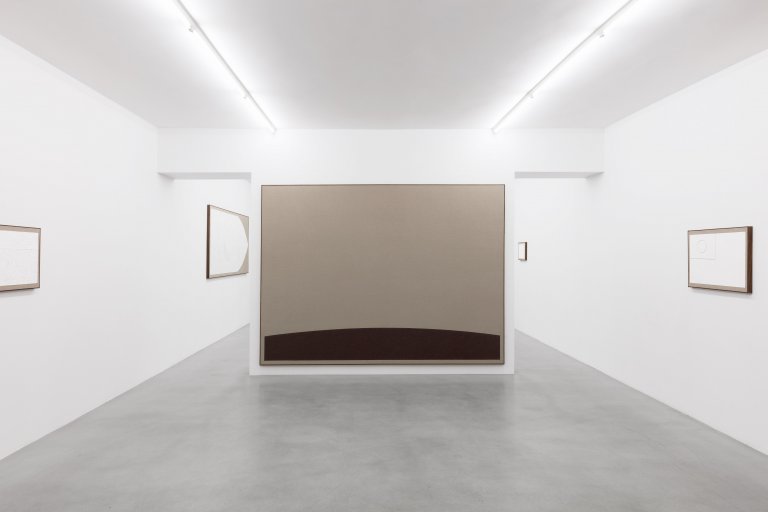
Installation view
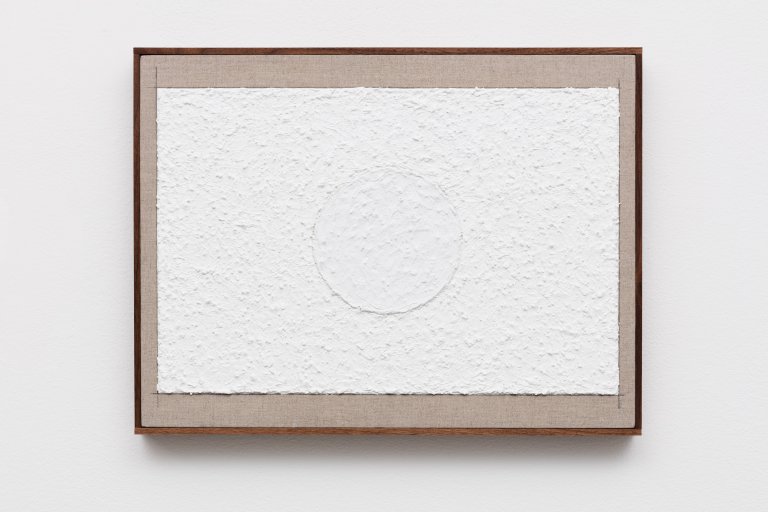
Untitled (White Flag), 2016, oil paint, sand, gravel and glass on canvas with walnut frame, 36 x 46 cm
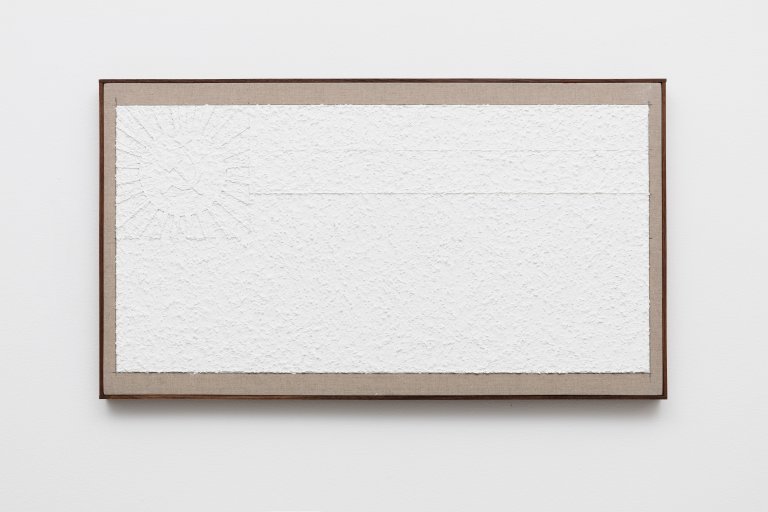
Untitled (White Flag), 2016, oil paint, sand, gravel and glass on canvas with walnut frame, 51 x 90 cm
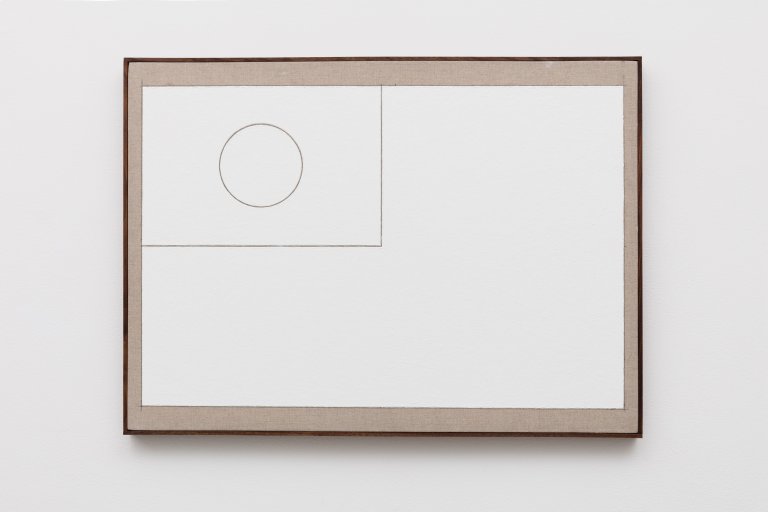
Untitled (White Flag), 2016, oil paint, sand, gravel and glass on canvas with walnut frame, 55 x 75 cm
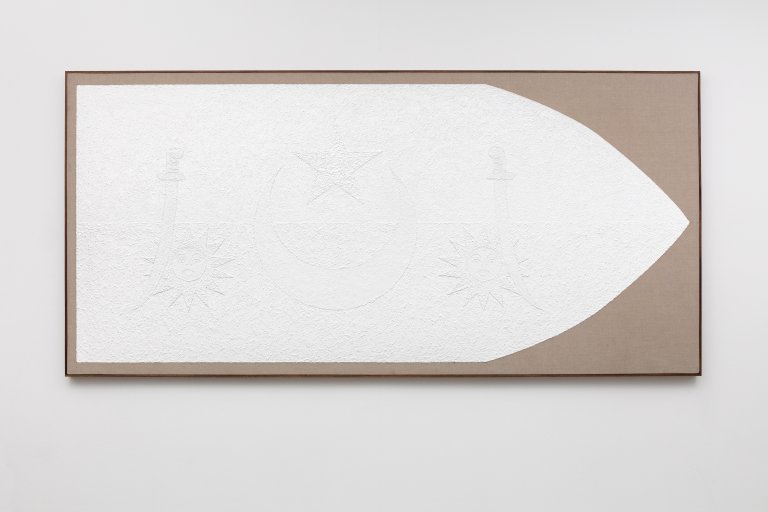
Untitled (White Flag), 2016, oil paint, sand, gravel and glass on canvas with walnut frame, 127 x 266 cm
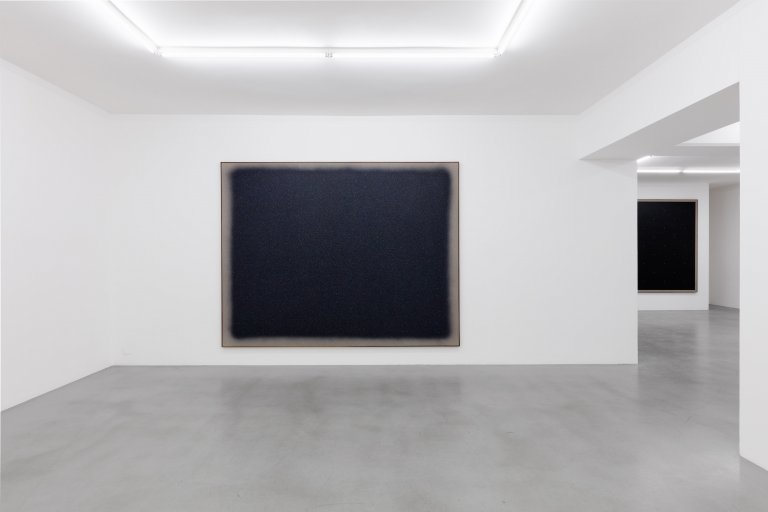
Installation view
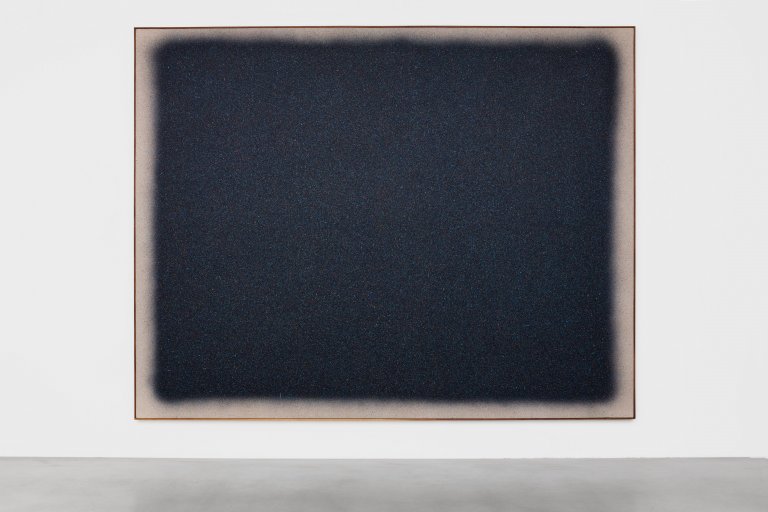
Untitled, 2016, acrylic on canvas with walnut frame, 241 x 307 cm
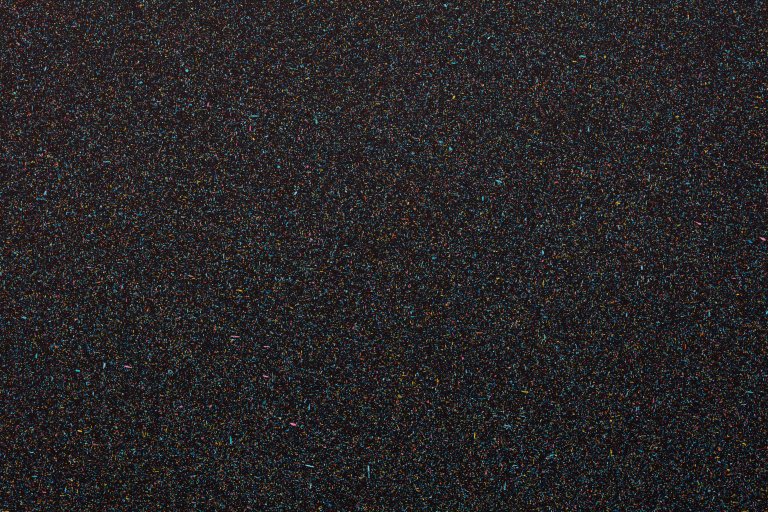
Untitled, 2016, detail

Untitled (White Flag), 2016, oil paint, sand, gravel and glass on canvas with walnut frame, 36 x 44 cm
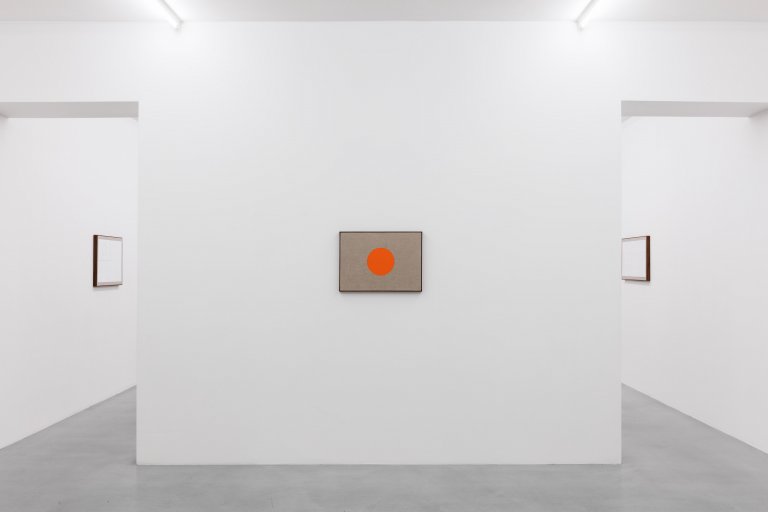
Installation view
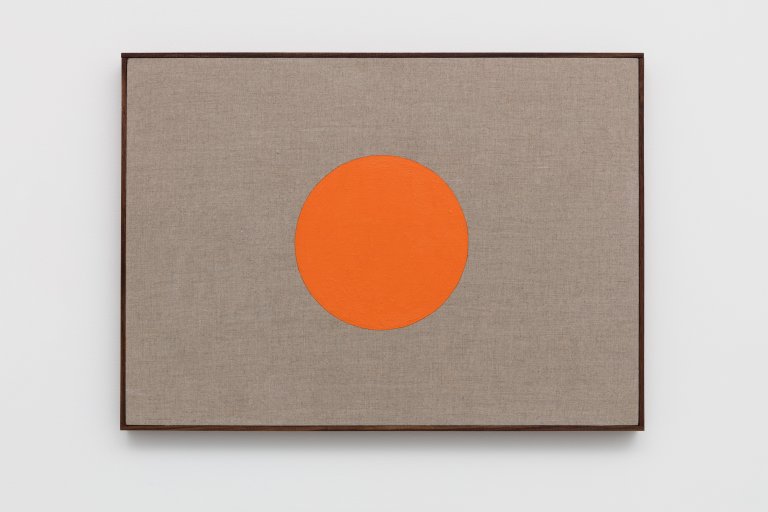
Semi-giant, oil on canvas with walnut frame, 45 x 61 cm
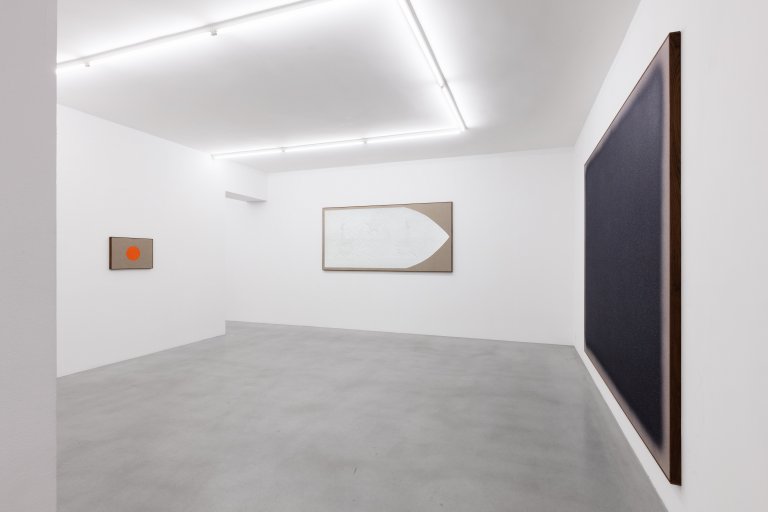
Installation view
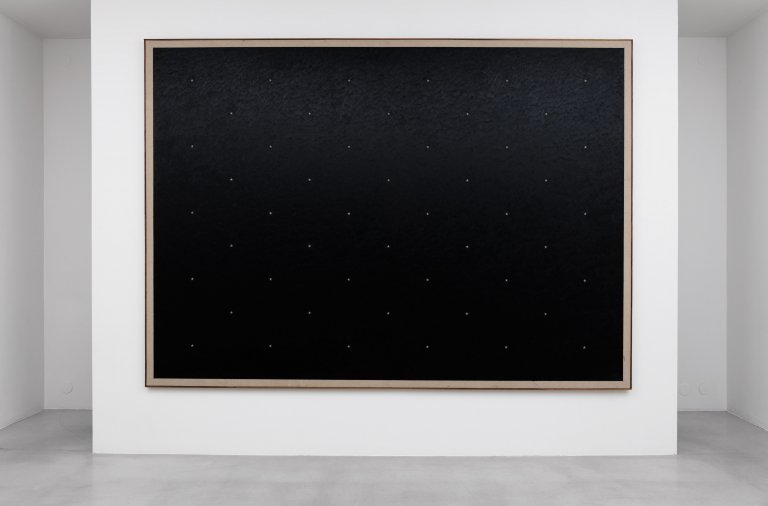
Final Frontier, 2016, oil on canvas with walnut frame, 238 x 331 cm
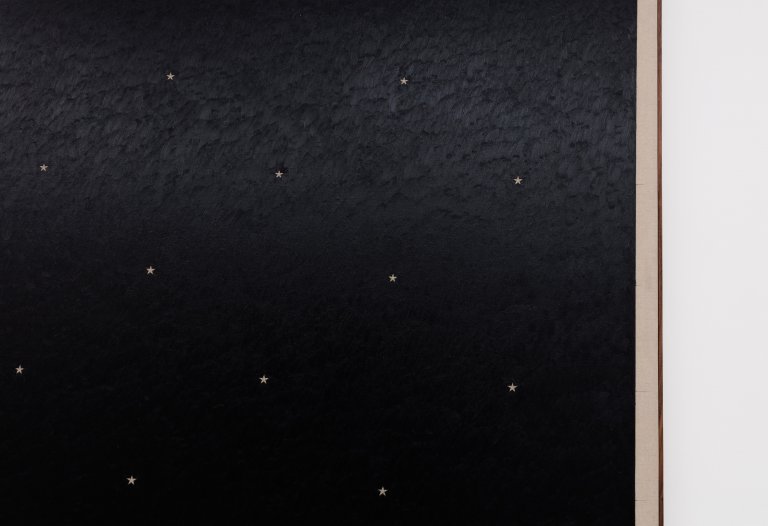
Final Frontier, 2016, detail
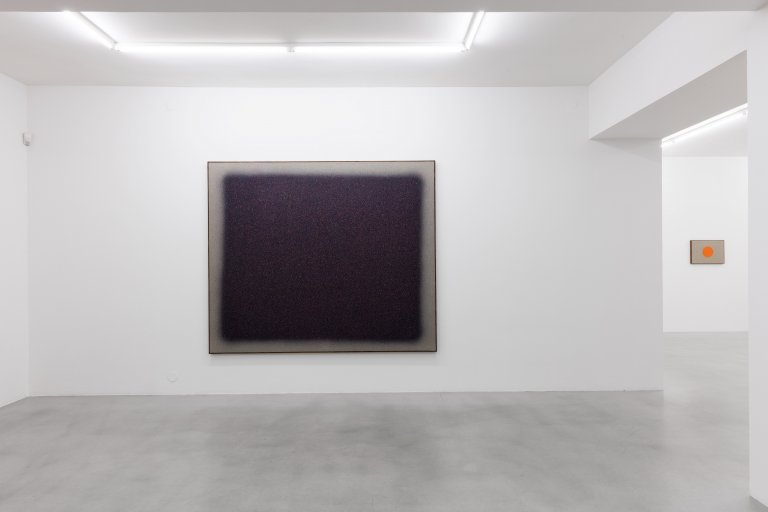
Installation view
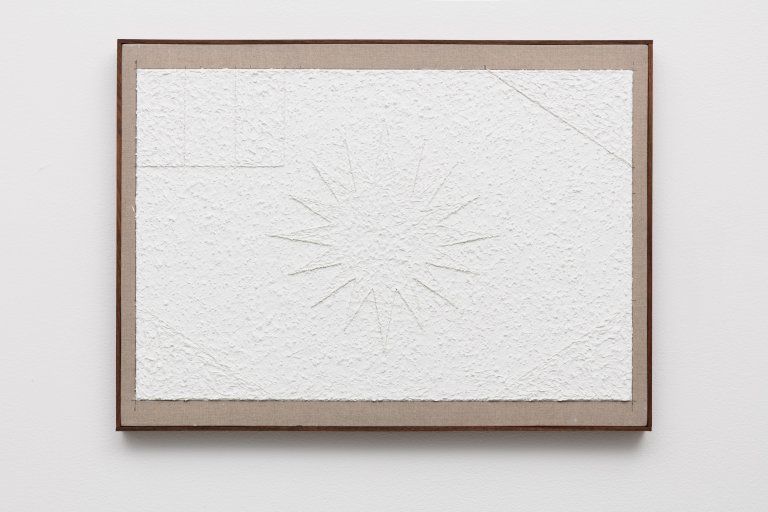
Untitled (White Flag), 2016, oil paint, sand, gravel and glass on canvas with walnut frame, 54 x 74 cm
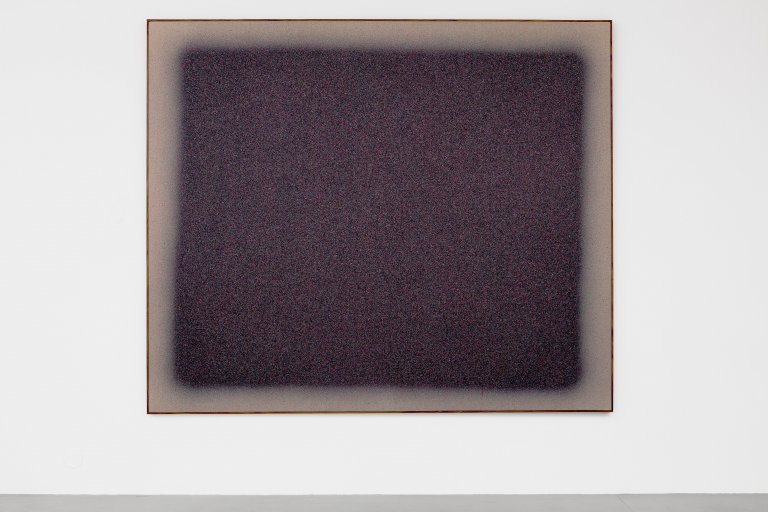
Untitled, 2016, acrylic on canvas with walnut frame, 202 x 241 cm
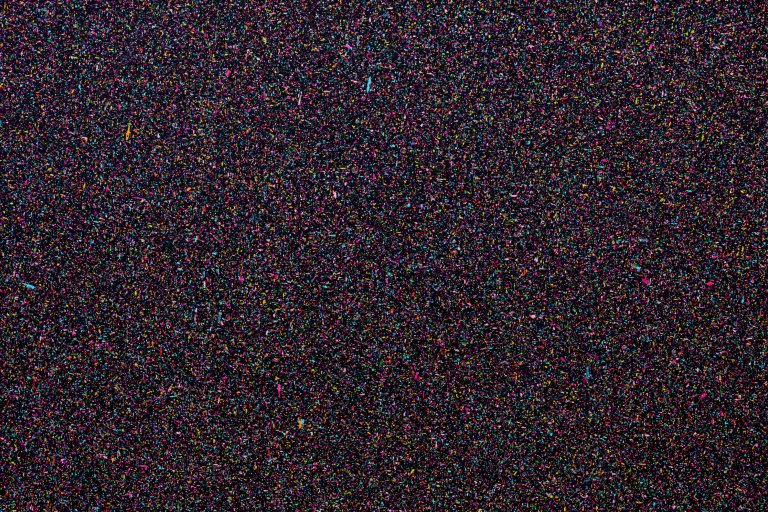
Untitled, 2016, detail